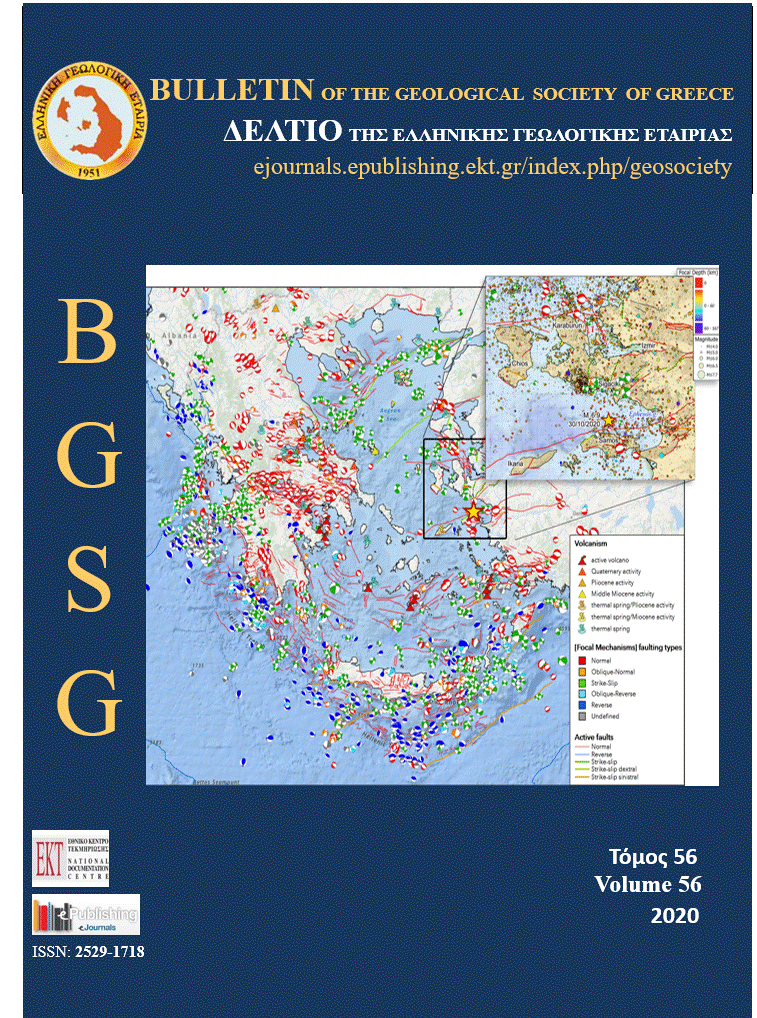Rock-Eval analysis and organic petrographical characterization of the Upper Jurassic Naokelekan Formation, northern Mesopotamian basin, Kurdistan Region-Iraq

Abstract
The aim of this study is to assess the type, thermal maturity and the petroleum generation potential of the Upper Jurassic Naokelekan Formation, occurring across the Kurdistan Region of Iraq, by applying organic petrographical methods and Rock-Eval analysis. The Rock-Eval data would indicate the presence of kerogen types III, IV and II as the main constituents. However, the qualitative petrographical evaluation revealed that the main organic constituents are solid hydrocarbons, in the form of microgranular migrabitumens, with minor amounts of pyrobitumens. These secondary particles have affected the results of the Rock-Eval analysis and would have led to misinterpretation of organic matter typification based on pyrolysis results only. The combined results of petrography and pyrolysis indicate an active petroleum system within the Upper Jurassic sequence, where hydrocarbons are generated and reservoired within suitable lithologies.
Article Details
- How to Cite
-
Abdula, R., Kolo, K., Damoulianou, M.-E., Raftopoulou, V., Khanaqa, P., & Kalaitzidis, S. (2020). Rock-Eval analysis and organic petrographical characterization of the Upper Jurassic Naokelekan Formation, northern Mesopotamian basin, Kurdistan Region-Iraq. Bulletin of the Geological Society of Greece, 56(1), 187–203. https://doi.org/10.12681/bgsg.22842
- Issue
- Vol. 56 No. 1 (2020)
- Section
- Energy Resources

This work is licensed under a Creative Commons Attribution-NonCommercial 4.0 International License.
Authors who publish with this journal agree to the following terms:
Authors retain copyright and grant the journal right of first publication with the work simultaneously licensed under a Creative Commons Attribution Non-Commercial License that allows others to share the work with an acknowledgement of the work's authorship and initial publication in this journal.
Authors are able to enter into separate, additional contractual arrangements for the non-exclusive distribution of the journal's published version of the work (e.g. post it to an institutional repository or publish it in a book), with an acknowledgement of its initial publication in this journal. Authors are permitted and encouraged to post their work online (preferably in institutional repositories or on their website) prior to and during the submission process, as it can lead to productive exchanges, as well as earlier and greater citation of published work.


